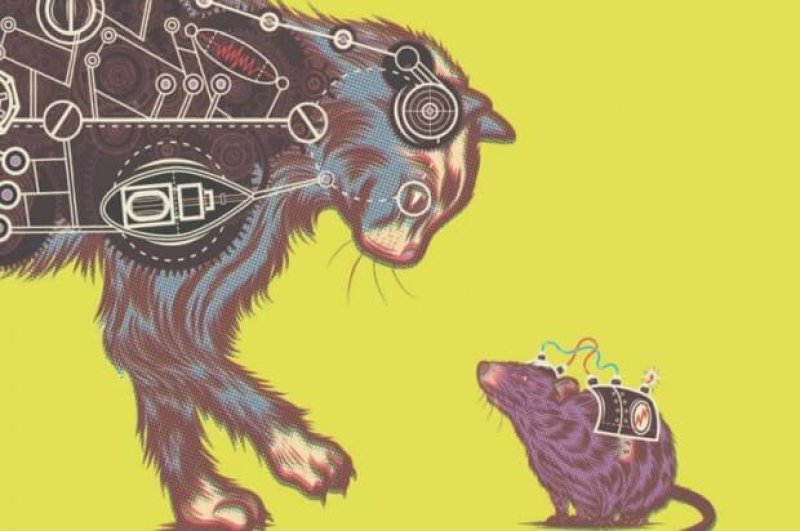The following is an edited excerpt.
The same advances that have enabled the development of modern wildlife-tracking devices — the simultaneous decrease in size and increase in power of microprocessors, receivers and batteries — are making it possible to create true animal cyborgs. By implanting these micromachines into animals’ bodies and brains, we can seize control of their movements and behaviors. Genetics provides new options, too, with scientists engineering animals whose nervous systems are easy to manipulate. Together, these and other developments mean that we can make tiny flying cyborgs — and a whole lot more.
Read the full article here: Science-fiction turns real: Genetically engineering animals for war































